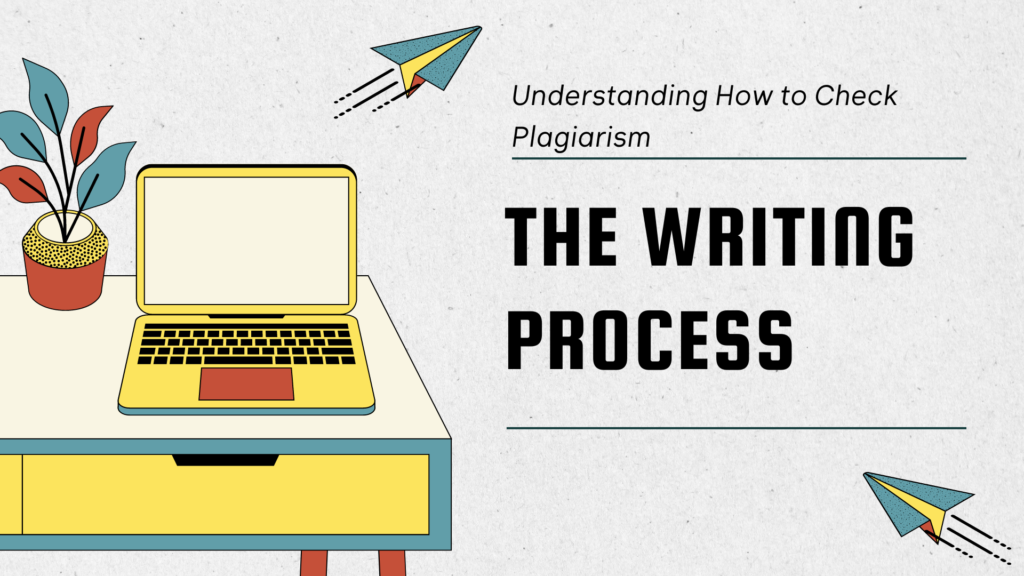Introduction:
In today’s professionally-inspired world, a good rule is that if you are not the first to present it, you should save time appropriating the ideas and actions of another person. Whether your job is content creation, blogging, or student work, it must be original most of the time. Learning how to check plagiarism can help you prevent later legal problems and safeguard your reputation as well as the accuracy of the content.
What is Plagiarism, and Why Should You Check It?
This group of tasks is meant to use someone else’s work without crediting the source of the ideas used. Words, phrases, and terms are not the only things copied; ideas, studies, and opinions are.
Being careful about copying means ensuring no one else can say you stole someone else’s work. This will do it to check plagiarism to ensure the work is original and does not violate anyone’s intellectual property rights. For readers, the amount of value they get is directly related to how unique the information is.
Top Online Tools to Check Plagiarism for Free:
There are a lot of dependable tools that can be used to find plagiarism. Here are some of the best free online tools to check for plagiarism:
- Grammarly is a flexible writing tool that lets you see how much copying you do.
- Quetext is a unique search tool. It uses a deep search algorithm to check for copying in hard-to-understand language.
- Plagscan can look for similarities between the works of students, experts, and others.
This tool can create reports and check your work for copies, which is a bad habit. The last thing you should do is make sure there is no copying before turning in the work.
How to Check Plagiarism in Academic Writing:
Citing someone else’s work is against the law, so students must be extra careful when turning in projects or master’s or doctoral theses. To make sure that academic writing doesn’t plagiarize:
- Use intelligent search tools to find out how much copying there is.
- Some of the most critical problems are citing sources and making references.
- Do not paraphrase without giving thanks.
Most places fine students who don’t check their work for plagiarism before turning it in. Since this is the case, one can learn how to check for copying correctly so students don’t get in trouble.
How Plagiarism Checkers Work: Behind the Technology
Some tools to check plagiarism use complex techniques to find connections between billions of web pages and student papers. They look at the text side by side and try to find similar or similar patterns.
To check for copying, these tools read parts of the work that sound like others and give you a score that tells you how unique the job is. If you know more about these tools, you can check for copying more accurately and get better results.
How to Check Plagiarism in Multiple Languages:
A lot of the things people buy today are globalized, which means that they are often made in more than one language. You can use international plagiarism detection tools like these to check for plagiarism in more than one language:
These online tools allow you to check for plagiarism in multiple languages, so you can be sure you can’t get rid of copied text.
The Importance of Regularly Checking for Plagiarism:
Checking plagiarism regularly should be a part of your content creation process. Frequently checking helps maintain the originality of your site or blog and protects your credibility. It also enables you to avoid potential penalties from search engines and maintain a professional standard.
Common Mistakes People Make When Checking Plagiarism:
Here are some common errors people make when they check for plagiarism:
- Ignoring citations: It is essential to note that you should always ensure you are referencing correctly.
- Only using one tool: This means that when one is writing, it is advisable to use several checkers to obtain the most accurate results.
- Not checking multilingual content: As stated above, plagiarism checks must be carried out for all the languages offered on the site.
Your work should be original to avoid these mistakes that may lead you to copy work.
Conclusion:
In this day and age, it is essential to know how to check for copying. There are a lot of tools out there that can find copying, so there’s no reason to let anyone else copy your work. It does not matter if you are a student working on homework, a blogger, or a professional writer; you must check your work for plagiarism.
Frequently Asked Questions (FAQs):
What is the best way to tell if someone has plagiarised?
These are some of the best tools: As you might expect, Grammarly, Quetext, and Plagscan are some of the best tools for finding copying and making accurate reports.
When it comes to copying to check plagiarism, how often should it happen?
To make your work more reliable, use a plagiarism checker whenever you publish or send it in.
If there is copying, should the tools to check plagiarism be able to find paraphrasing?
In turn, current services that check for plagiarism can spot bad paraphrasing. This means you should always check for copying to ensure you don’t copy by accident.
